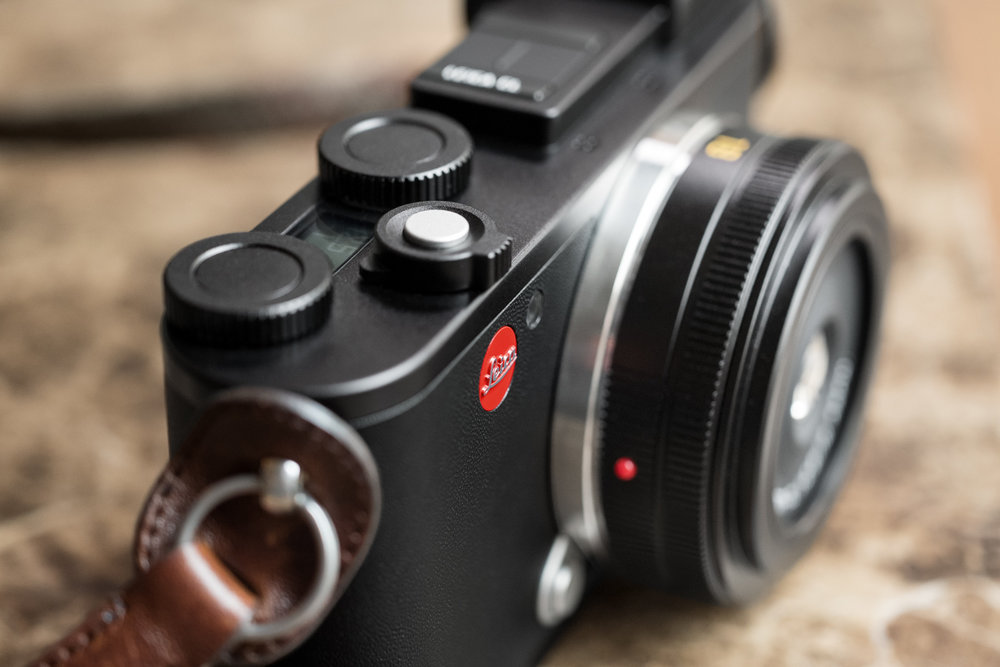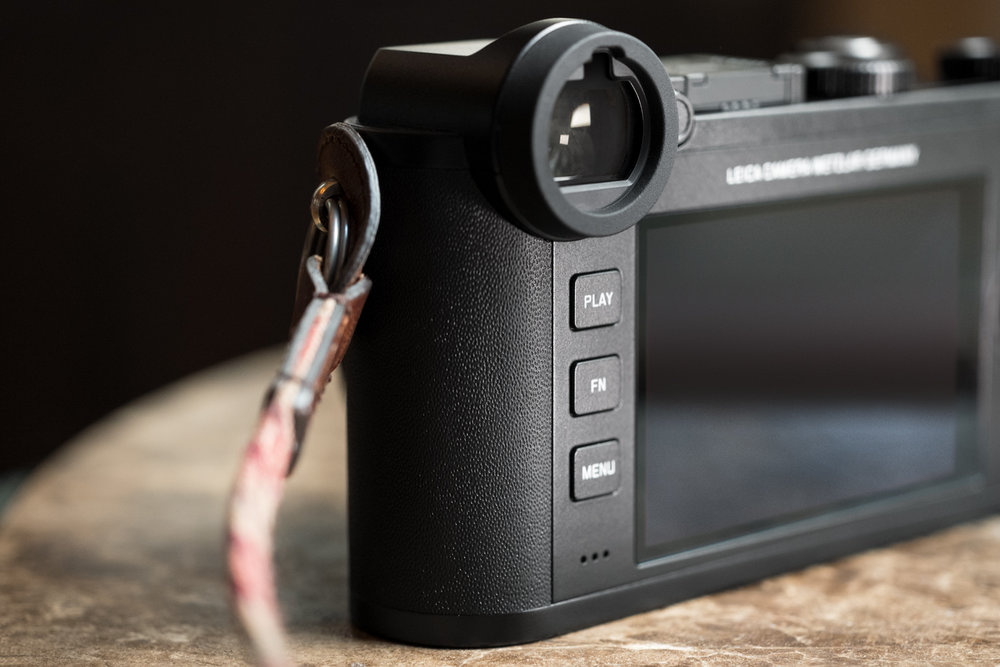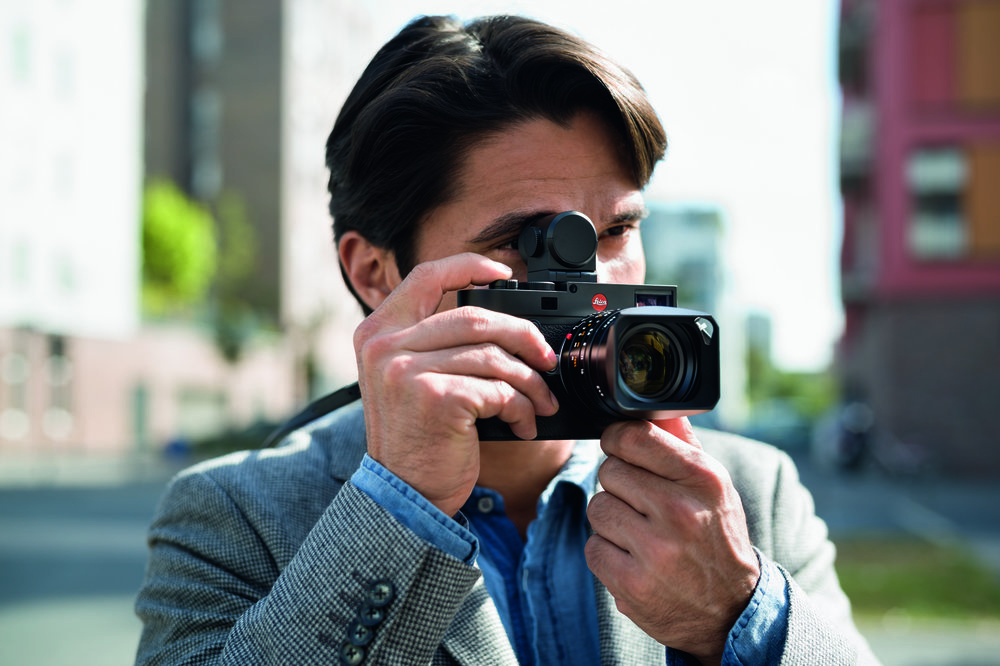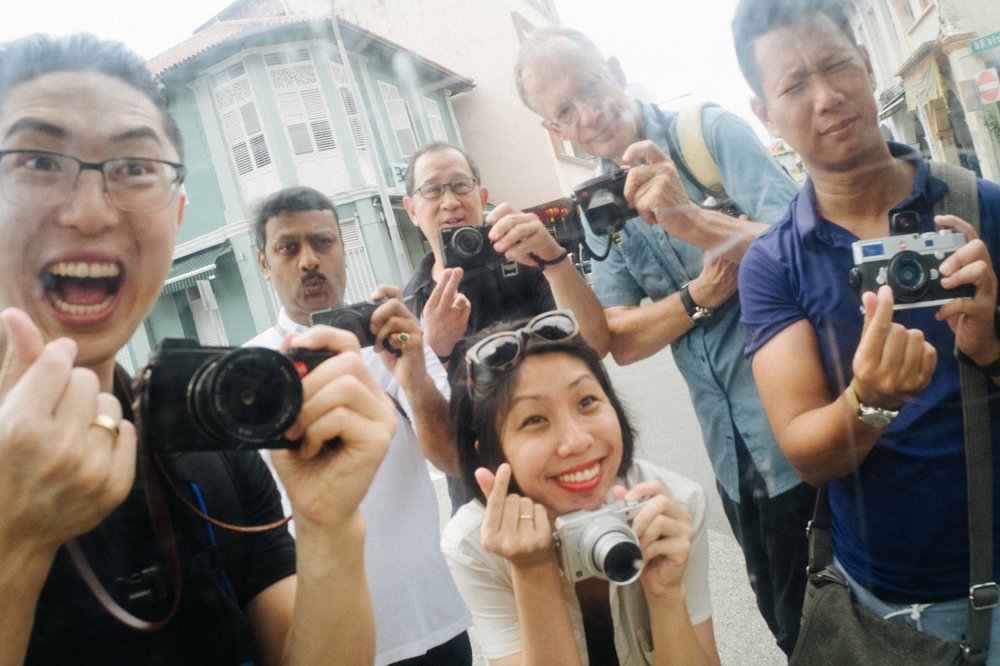
Eric Kim, street photographer and the globe-trotting workshopper is one of the most prolific bloggers out there. He has a touch of the philosopher about him and if you sign up you will receive a non-stop barrage of wisdom from the pen of the effervescent Mr Kim.
He has always had his favourites when it comes to cameras, and perhaps the Ricoh GR is the star of his class. He believes it is the best camera for street photography and he definitely has a point. It’s a classic that is unobtrusive (think cheap point and shoot unobtrusive) and yet extremely capable with its large sensor and tack-sharp lens.
From time to time, though, Eric gets the chance to lay his hands on new gear. Recently he was telling us that the Panasonic G9 is the bee’s knees. Now he is bowled over by the Leica CL. “I borrowed by friend Dav’s digital Leica CL for a weekend in Singapore — and, man, I was blown away.” But just why is it that he believes this is the best digital Leica in 2018?

He tried the camera with the Leica-M adapter and a 24mm f/2.8 which works out to about 35mm in full-frame speak. He began to wonder why he would bother with a digital M rangefinder. He prefers the live-view experience over the rangefinder — for more accurate framing and seeing what you are getting. But he also appreciates the overall lighter setup in relation to the M.
I can agree with Eric’s assessment except in one respect. He suggests using the CL exclusively with M lenses and recommends not buying TL lenses. He has good reasons of course. M lenses offer superb quality and are cheaper in the long run because of their all-mechanical design and ability to work with sixty years’ worth of Leica Ms. But this isn’t everything.

The TL lenses are actually rather wonderful, offering M-like image quality and excellent autofocus. In most cases, they are lighter and more in keeping with the ethos of the CL. In fact, if you don’t have a couple of TL lenses you are doing your CL experience a disservice.
My favourite prime, the 35mm Summilux-TL, can hold its own with a 50mm Summilux-M and is an absolute delight to use, despite its weight. It’s actually the odd one out in weighing more than it’s M equivalent. And the tiny 28mm Elmarit pancake lens is a must-have to turn the CL into a very compact and light travel camera. If there is a bad TL lens then I haven’t found it.

But back to Eric because, after all, this is his story. He is a huge fan of the Leica CL because, as he says, it is a case study in minimalism.
- “Fewer buttons (only 3 buttons on the back, and simple dials on top).
- “No superfluous markings on the camera (simple and clean).
- “Less price (cheaper than other Leica digital cameras in the range)
- “Less weight (means you will carry it with you more, and shoot more!)
- “Probably co-engineered with Panasonic/Lumix– which I actually really like (I am currently shooting with a Lumix G9 and Lumix LX100)”
In the same week as his CL experience, Eric had the chance to bolt a 28mm Elmarit-M lens onto a new Leica M10 take it out for a spin. He decided that “it is evident that the new Leica M10 is the best digital rangefinder for street photography.” Read the full story here.
I’m not quite sure how this ties in with the accolades for the CL but Leica comes out of this smelling rather sweetly of roses.
Eric is right in both his assessment of the CL and his verdict on the M10. The M10 is definitely the best digital rangefinder ever made by Leica. It’s compact and feels just like a film M7. And the CL is lighter and even more compact, not much bigger than the original Barnack Leica, and comes with a range of superb autofocus lenses.
Editor’s note: While there is probably considerable Panasonic know-how incorporated in the CL, it isn’t a joint effort in the same way as the D-Lux (LX100), V-Lux (TZ2000) or C-Lux (TZ200). These are Lumix-made cameras adopted by Leica whereas the CL is a Leica design and is assembled in Europe, hence the “Made in Germany” label. Note that the Leica C-Lux is “Made in China” (as is its main competitor, the Sony RX100 IV).
______________
- Subscribe to Macfilos for free updates on articles as they are published
- Want to comment on this article but having problems?

I agree that M10 is the “best” M from a technical standpoint, but I found it wasn’t as much fun to shoot as the M-D I’d had before the M10 upgrade, and thus downgraded back to the M-D and couldn’t be happier. Same applies to the M9 Monochrom, which I foolishly sold on along with the M-D to fund the M10, and have since re-purchased.
I haven’t tried a CL, and because I’m sure I’d love it, I probably won’t try one anytime soon.
I agree with all this, Andrew. As you know I too have a soft spot for the MD concept and I will certainly be interested in the M10-D when it arrives. In the meantime I am very happy with the M10.
The CL is a great camera, though it could be a lot better if only Leica could sort out a firmware update to stop the single focusing point going walkabout, and although I too would have to agree it is also possibly the best ‘Non M’ Leica to use M lenses on, my own view on that point is why bother using them for a auto focus camera which has its own superb definition selection of T,TL,CL auto focus lenses which suit the CL far better.
For what it is worth despite my hate of the CL’sd wandering focusing point, and despite also over 60 years of Leica M experience and ownership I do agree with him about the CL being good enough to finally displace my own much loved Leica M240 MP and its, or rather my large range of M lenses, so yes all now have either gone already or are on there way out in favor of my CL.
Don, I agree with what you say. The CL is a Great camera marred only by that focus point issue which, I hope, Leica will soon have the sense to rectify. The lenses are excellent and I am particularly happy with the 35mm Summilux despite its weight. All three zooms are great too. And the pancake turns the CL into a very compact camera, not much bigger than the X1.